Are you thinking of trying Earl Grey tea, whether in a recipe, cocktail, or just sipping it solo?
Well, you’re in for a flavor adventure!
Earl Grey’s taste can totally transform your tea time or culinary experiments.
But, hold on, I get it – you’re probably wondering, “What does Earl Grey tea taste like?”
Earl Grey tea tastes like black tea infused with the citrusy and floral notes of bergamot orange. It has a bold, slightly astringent black tea base with a distinctive and aromatic citrus twist.
Eager to learn more about why it tastes so and how to pick the best tasting Earl Grey?
I got you!

What Does Earl Grey Milk Tea Taste Like?
Earl Grey milk tea combines the robust flavor of black tea with the bright, citrusy essence of bergamot orange.
This fusion creates a delightful balance of boldness and fragrant, slightly sweet notes.
The addition of creamy milk softens the tea’s edges, offering a velvety texture and a touch of richness to the overall taste.
For me, it’s a cozy blend where the tea’s depth harmonizes with the zesty bergamot, resulting in a unique, refreshing, and comforting beverage.
So, if you’re up for a flavor adventure, Earl Grey milk tea might just be your new favorite go-to drink.
It’s the perfect blend of bold and smooth, with a hint of citrusy brightness that’s bound to leave you craving another sip.
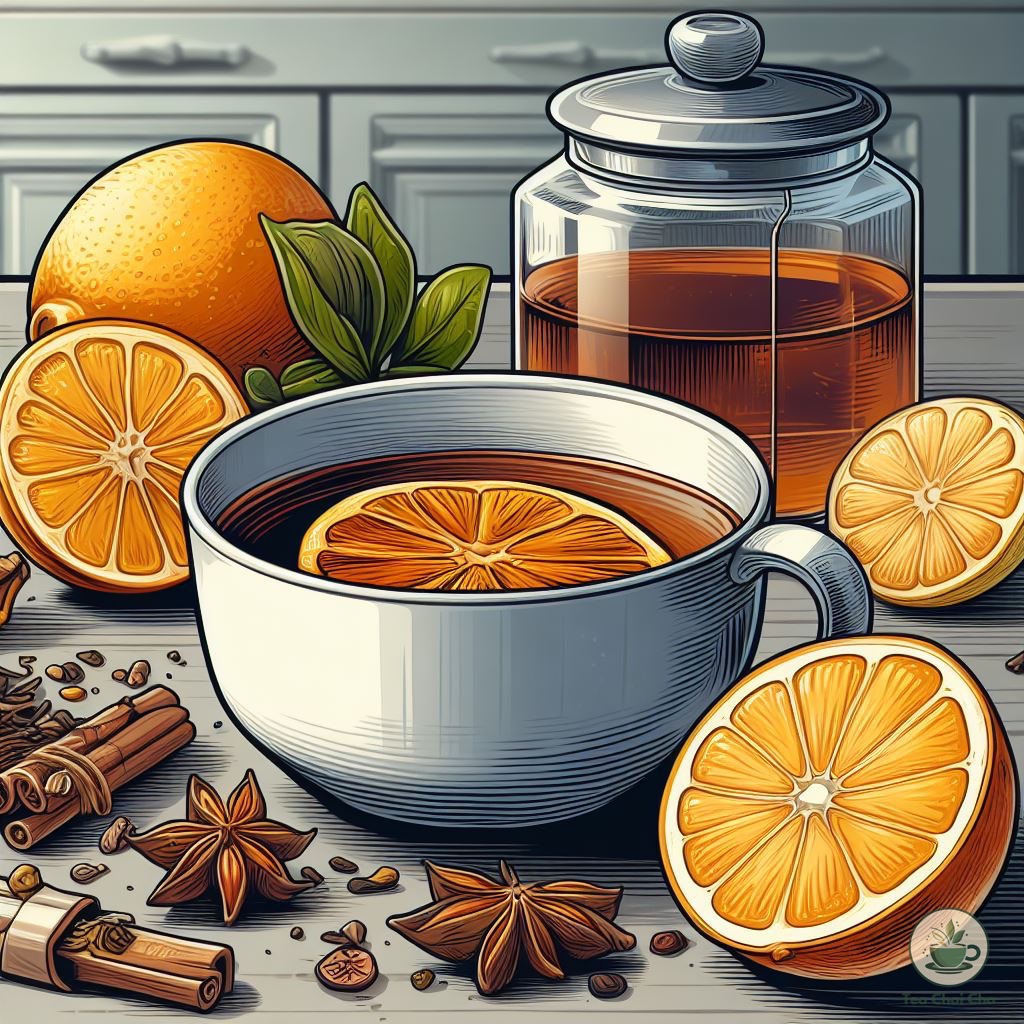
Why Does Earl Grey Tea Taste So?
Earl Grey tea tastes distinct because it’s flavored with bergamot oil, which comes from the rind of bergamot oranges.
This citrusy and slightly floral aroma gives Earl Grey its unique flavor.
Now, let me explain a bit further.
Bergamot oranges are not your typical oranges.
They have a more delicate, fragrant zest, and that zest is what gives Earl Grey its signature taste.
When you steep black tea leaves with bergamot oil, it infuses the tea with a citrusy, slightly sweet, and slightly floral flavor.
The first time I tried Earl Grey, I was pleasantly surprised by its refreshing and aromatic taste.
It’s a bit like a citrusy twist on traditional black tea.
The citrus notes from the bergamot oil add a bright and uplifting element to the otherwise robust black tea.
It’s a great choice if you’re looking for something a little different from your regular cup of tea.
So, the Citrusy Flavor Comes from Bergamot Oil Only?
Yes, the distinctive bergamot flavor in Earl Grey tea is primarily achieved by using bergamot oil.
The essential oil extracted from the rind of bergamot oranges is the key ingredient responsible for infusing the tea leaves with their unique citrusy and slightly floral aroma and taste.
Bergamot oil is the traditional and most common method for flavoring Earl Grey tea.
But there are some variations and blends that may use natural flavorings or extracts from bergamot oranges.
The use of bergamot oil still remains the classic and authentic way to achieve that characteristic Earl Grey flavor.
5 Different Tastes of Earl Grey Tea
When it comes to Earl Grey tea, there’s a diverse array of tasting notes that make it unique.
Each flavor profile, from floral to citrusy, has its own story to tell.
Let’s get to know the tasting notes of Earl Grey tea and understand why it has each of these distinct flavors.
1. Floral
One of the most prominent tasting notes in Earl Grey tea is its floral aroma and taste.
You’ll often notice hints of lavender, jasmine, or bergamot, which contribute to its floral character.
The secret behind this floral note is the addition of essential oils from the bergamot orange.
These oils infuse the tea leaves during the production process, creating a delicate floral bouquet.
2. Citrusy
Earl Grey’s bright and citrusy notes come from the bergamot orange.
This small, sour fruit, resembling a miniature orange, is the star of the show in this tea.
Its zesty, tangy flavor blends seamlessly with the black tea base.
The citrusy zing adds a refreshing kick to every sip, making it a popular choice for those who enjoy a vibrant and awakening tea experience.
3. Earthy
While Earl Grey is known for its floral and citrusy notes, it also possesses subtle earthy undertones.
These notes can vary depending on the type of black tea used as the base.
For example, teas from different regions may offer nuanced earthy flavors, adding depth to the overall taste.
It’s all about the tea’s origin and quality.
4. Mellow and Smooth
Earl Grey tea is generally known for its smooth and mellow profile.
The exceptional balance between the black tea and the bergamot oil creates a tea that’s neither too bitter nor too astringent.
This balanced character makes it an excellent choice for both new tea drinkers and seasoned connoisseurs.
5. Aromatic Complexity
The aromatic complexity of Earl Grey tea is a result of the synergy between the tea leaves and bergamot oil.
The oils not only add flavor but also release enticing aromas when steeped in hot water.
The interplay between these elements gives the tea its inviting scent and intriguing taste.
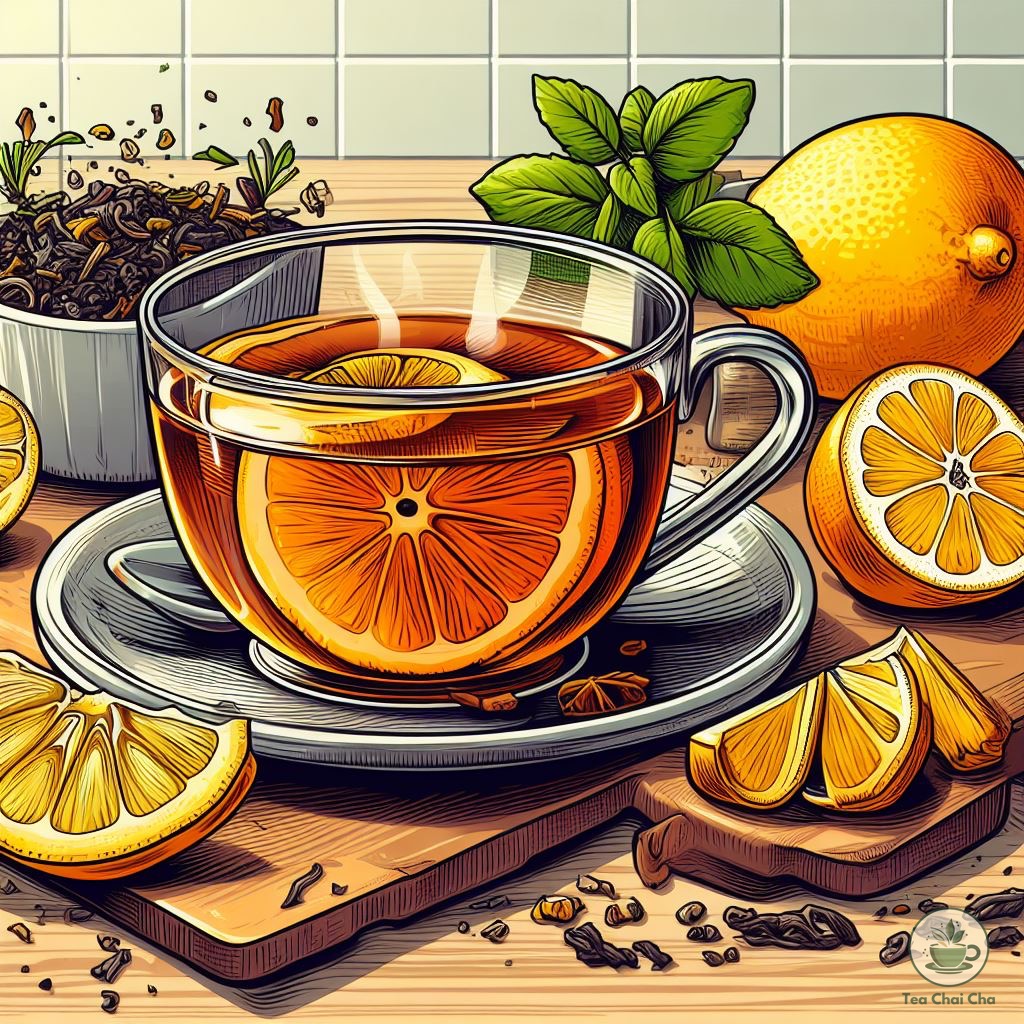
What Do Different Earl Grey Teas Taste Like?
Let’s explore the different types of Earl Grey teas and what makes each of them taste unique.
| Earl Grey Type | Tea Taste | Best for Who |
|---|---|---|
| Classic Earl Grey | Bold, robust with citrusy bergamot notes | Those who love traditional flavors |
| Lady Earl Grey | Light and delicate with citrus and floral hints | Tea drinkers looking for a milder option |
| Green Earl Grey | Light, fresh, and grassy with subtle citrus | Green tea enthusiasts |
| Earl Grey Cream | Creamy and smooth with a touch of sweetness | Those with a sweet tooth |
| Decaffeinated Earl Grey | Similar to classic Earl Grey, minus caffeine | Caffeine-sensitive individuals |
| Earl Grey with Lavender | Floral with herbal notes | Those who enjoy floral infusions |
| Earl Grey with Jasmine | Fragrant and subtly sweet | Fans of aromatic and floral teas |
1. Classic Earl Grey Taste
This is the most traditional Earl Grey. It’s a black tea with a bold and robust flavor.
The key ingredient that gives it its distinctive taste is bergamot oil.
Bergamot rind’s oil adds a citrusy, slightly tangy note to the tea.
2. Lady Grey Taste
Lady Grey tea is a variation of Earl Grey, and it’s often lighter and more delicate.
Along with bergamot, it may also contain hints of other citrus fruits like orange or lemon.
These additional citrusy notes make it a bit more refreshing and zesty compared to the classic Earl Grey.
3. Green Earl Grey Taste
Instead of black tea, green tea leaves are used for this version of Earl Grey.
Green tea has a milder, grassy flavor compared to black tea.
When combined with bergamot oil, it creates a lighter and fresher Earl Grey with a subtle citrus aroma.
4. Earl Grey Cream Taste
This one’s for those who enjoy a touch of sweetness. Earl Grey Cream is often made with vanilla or cream flavoring along with bergamot.
It gives the tea a creamy and smooth texture, with a hint of sweetness to balance the citrusy notes.
5. Decaffeinated Earl Grey Taste
If you want the Earl Grey experience without the caffeine, this is your choice.
It’s typically made with decaffeinated black tea and bergamot oil.
The taste is quite similar to classic Earl Grey, minus the caffeine kick.
Read more – How Much Caffeine in Earl Grey Tea?
6. Earl Grey with Lavender Taste
Some Earl Grey teas include lavender blossoms.
Lavender adds a floral and slightly herbal twist to the tea, complementing the citrusy bergamot notes.
7. Earl Grey with Jasmine Taste
Jasmine blossoms are another addition to Earl Grey in some variations.
Jasmine imparts a delightful floral aroma and a touch of sweetness, making this Earl Grey a sensory delight.
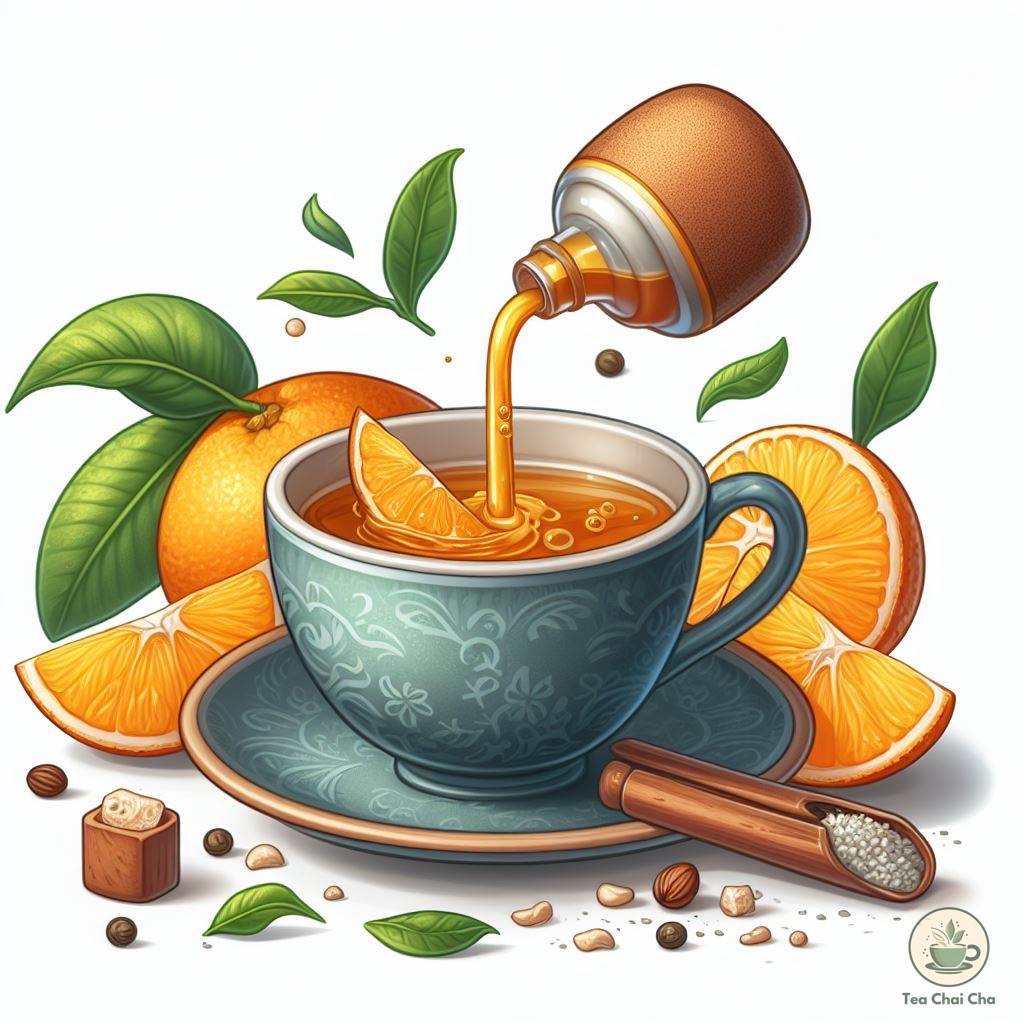
How Earl Grey Tea Gets Bergamot Essence?
Ever wondered how Earl Grey tea gets its distinctive flavor?
Well, let me spill the tea on this aromatic secret.
1. The Tea Base
First things first, it all starts with a base of black tea.
Earl Grey can be made using various black tea blends, but the common thread is that it’s always black tea, which provides a robust and hearty foundation.
2. Meet Bergamot
Bergamot is a citrus fruit, kind of like a cross between a lemon and an orange.
It’s known for its zesty and fragrant peel, which holds the key to that lovely Earl Grey aroma.
3. The Zesty Peel
To infuse Earl Grey tea with the essence of bergamot, the peel of this citrus gem is dried and finely crushed.
This crushed peel contains the essential oils that carry the distinct citrusy aroma.
4. Blending the Magic
The crushed bergamot peel is mixed with the black tea leaves. The tea leaves eagerly soak up the bergamot oils, infusing them with that bright, refreshing flavor.
5. Let’s Wait a Bit
Once the tea leaves and bergamot peel are mixed together, they need some time to cozy up.
The tea leaves absorb the bergamot essence, and over time, they become infused with that signature Earl Grey flavor.
6. The Final Product
After the tea leaves have absorbed the bergamot essence, they’re carefully dried to lock in the flavor. The result?
Your classic Earl Grey tea with its delightful citrusy twist.

What Flavors Pair Well with Earl Grey Tea
Now, let’s pair your earl grey tea with some delicious foods to further intensify its classic taste.
1. Citrus Zest
You must know that Earl Grey tea is infused with the lovely flavor of bergamot orange.
So, it’s a no-brainer that citrusy flavors like lemon, orange, or even a touch of grapefruit
zest complement it beautifully.
Whether it’s a lemon tart, orange-infused cake, or a slice of grapefruit pie, these desserts will dance harmoniously with your Earl Grey tea.
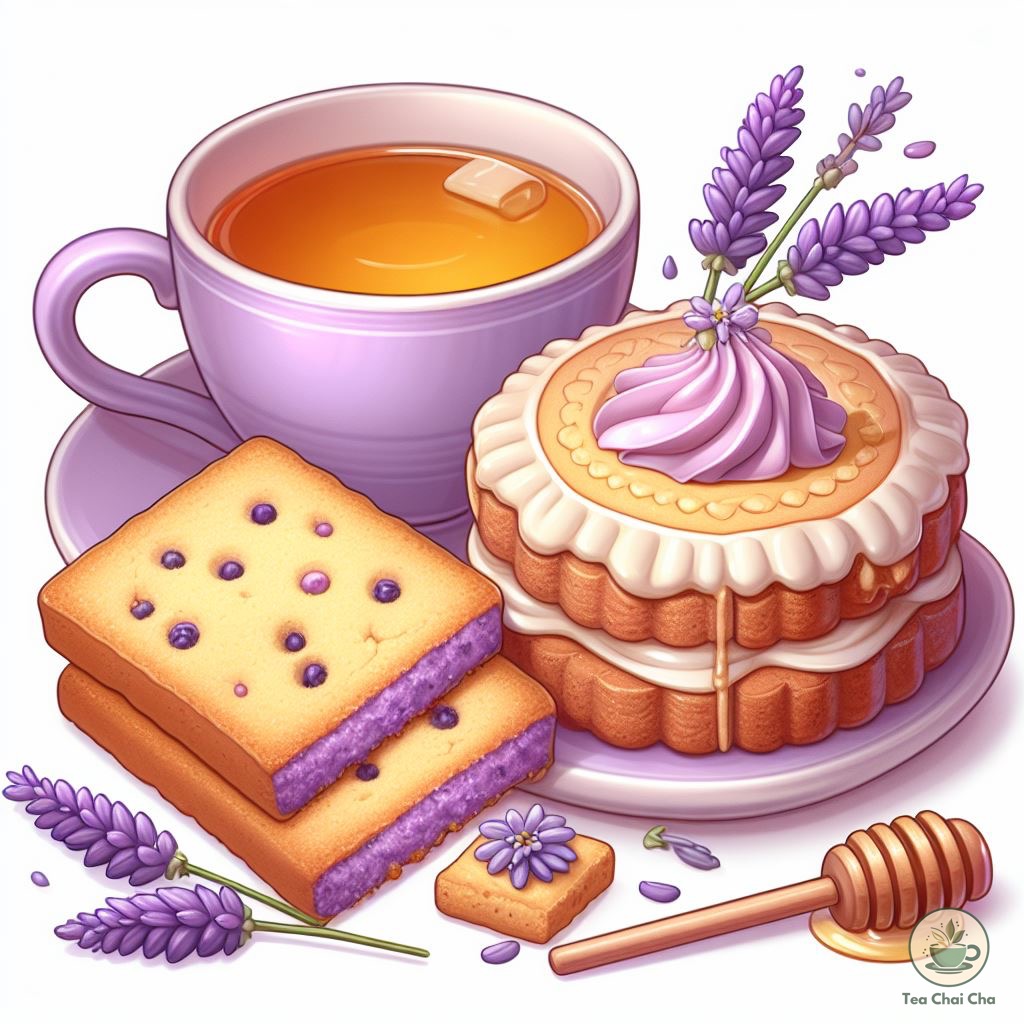
2. Lavender Elegance
For a touch of floral sophistication, try pairing your Earl Grey tea with lavender-infused treats.
A lavender shortbread cookie or a lavender honey cake can be the perfect companions.
The floral notes in both the tea and the dessert create a soothing and aromatic experience.
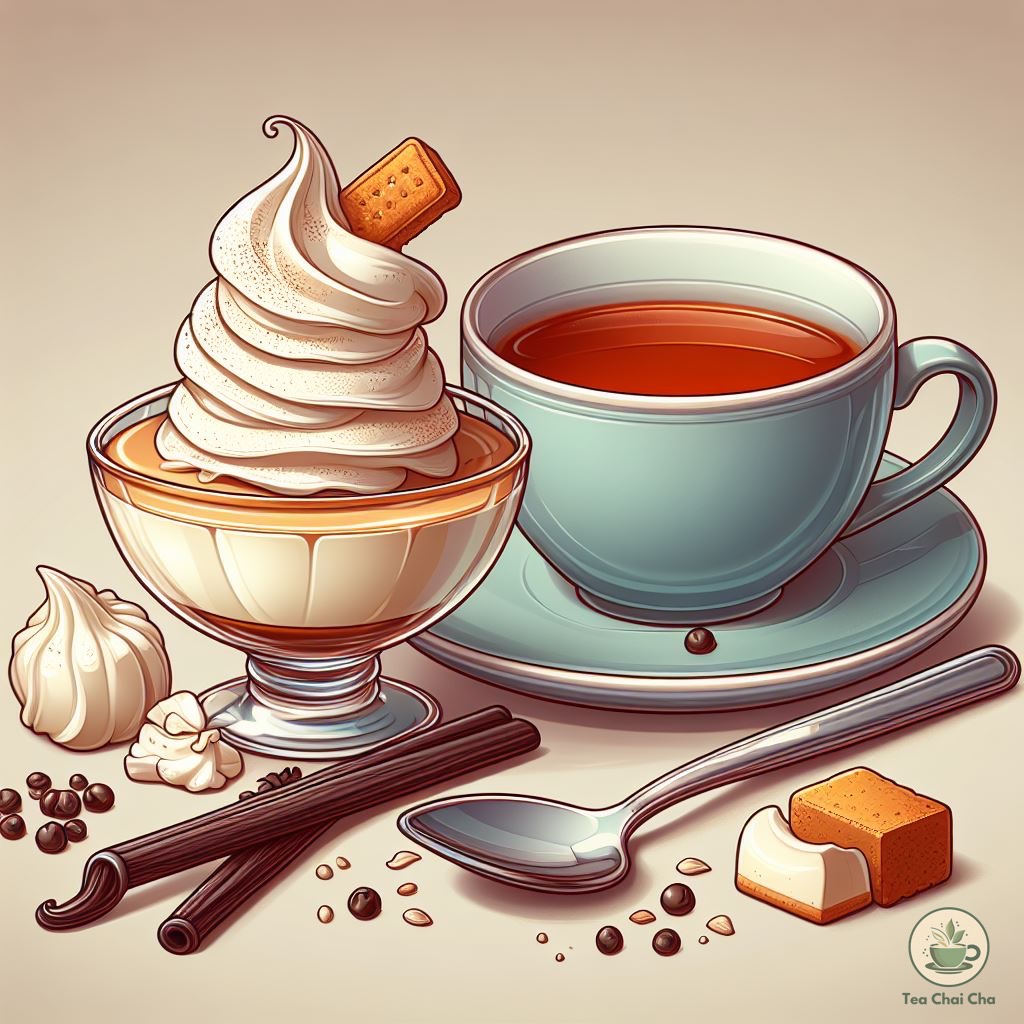
3. Creamy Vanilla Bliss
Earl Grey’s aromatic profile also blends wonderfully with creamy, vanilla-infused desserts.
Think vanilla bean ice cream, panna cotta, or a simple vanilla custard.
The sweet and creamy notes of these treats balance the tea’s citrusy brightness.
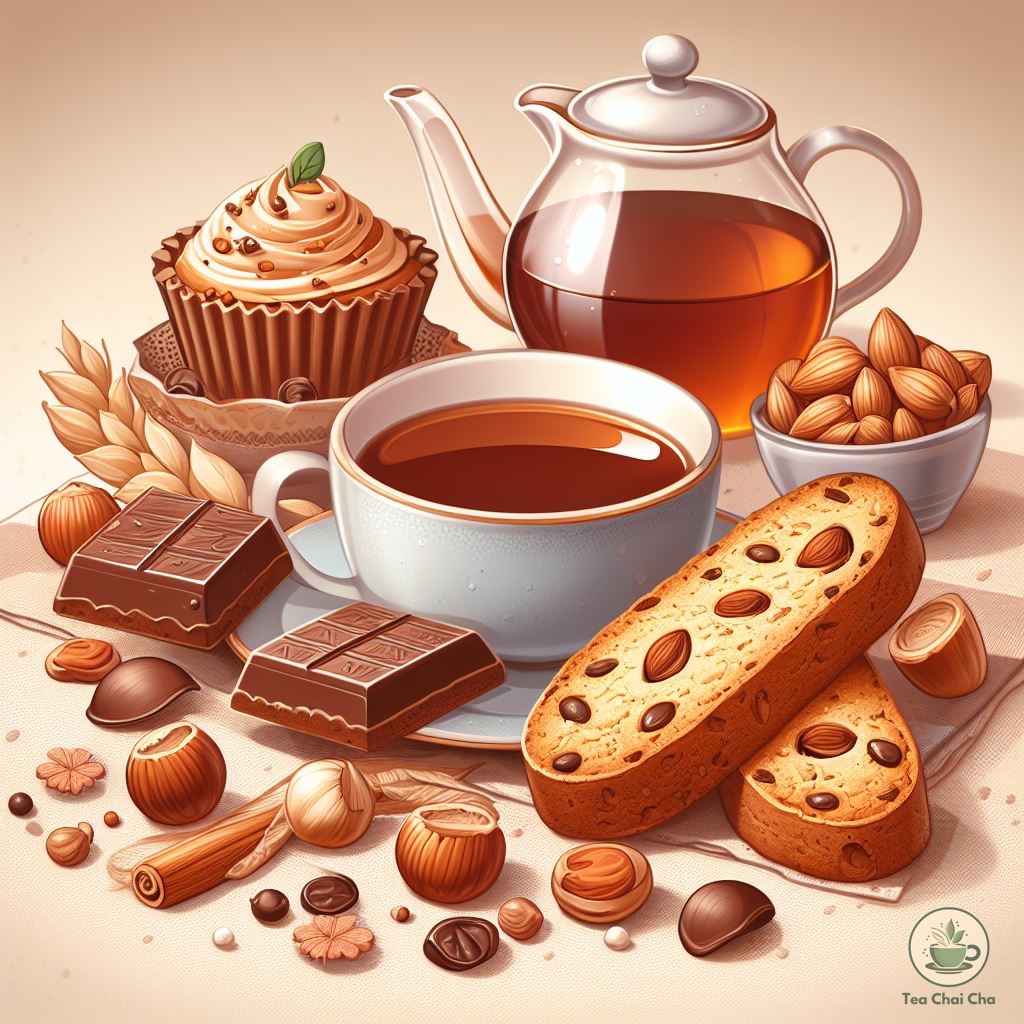
4. Nutty Delights
If you’re a fan of nuts, you’re in for a treat. Earl Grey pairs splendidly with nutty flavors.
Almond biscotti, hazelnut chocolate, or even a classic peanut butter cookie can be delightful choices.
The nuttiness adds a layer of depth to the tea’s character.
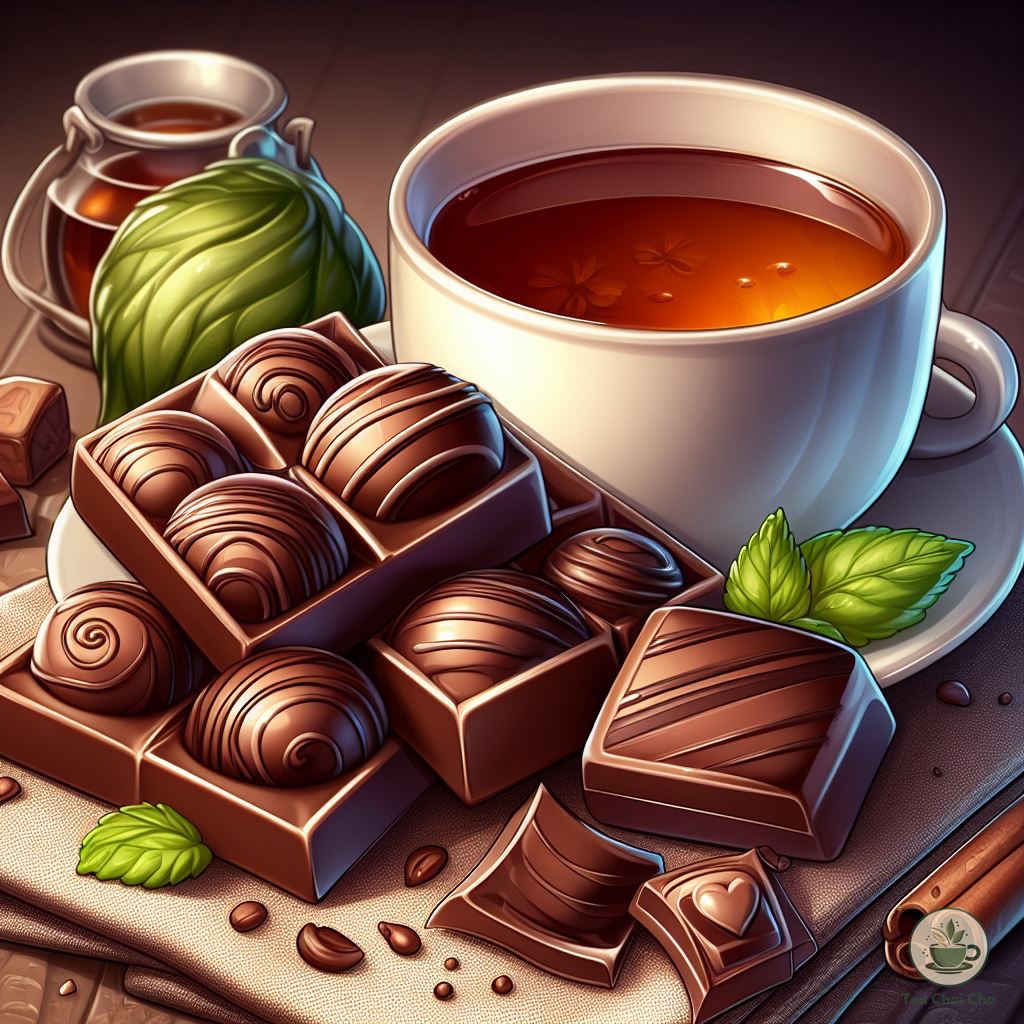
5. Chocolate Temptation
Who can resist the allure of chocolate?
When enjoying Earl Grey, consider indulging in dark chocolate or chocolate truffles.
The bitterness of dark chocolate goes well with the tea’s citrusy notes, creating a decadent combination.
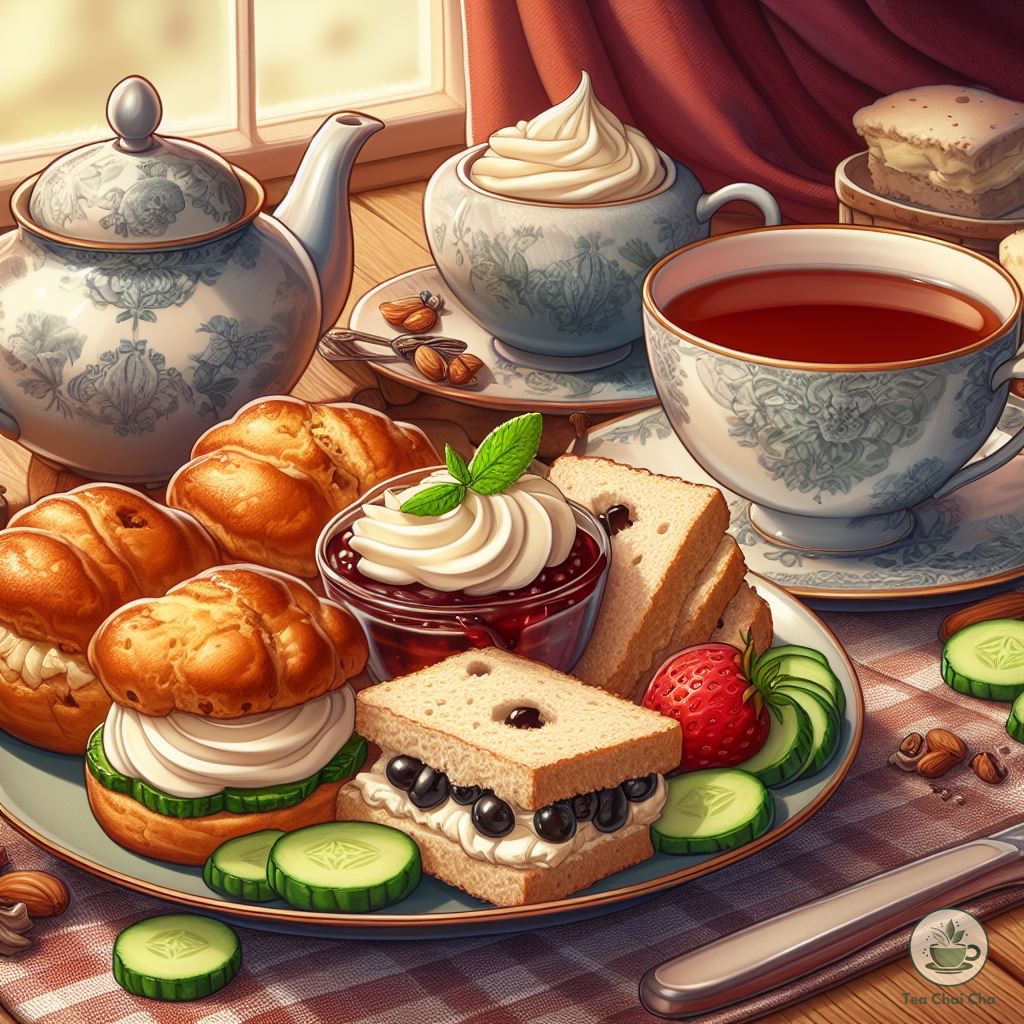
6. Classic English Fare
If you’re in the mood for something savory, classic English dishes like scones with clotted cream and jam or cucumber sandwiches make excellent companions to Earl Grey.
The buttery scones and the freshness of cucumber sandwiches complement the tea’s elegance.
How to Pick the Best Tasting Earl Grey Tea
A great cup of Earl Grey tea can be a delightful and comforting experience but how to buy the best Earl Grey tea?
Let these expert tips lead your way:
1. Start with Quality Tea Leaves
When selecting Earl Grey tea, focus on the quality of the tea leaves.
Look for loose-leaf tea or pyramid tea bags as they usually contain better-quality leaves compared to traditional paper tea bags.
2. Check for Natural Bergamot Flavor
The signature flavor of Earl Grey tea comes from bergamot, a citrus fruit.
Ensure that the tea is infused with natural bergamot oil for the best taste.
Avoid artificial flavorings.
3. Consider Black Tea Base
Earl Grey is traditionally made with black tea.
Opt for teas like Assam or Darjeeling for a robust and full-bodied flavor, or choose green or white tea if you prefer a lighter taste.
4. Smell the Aroma
Before buying, give the tea a sniff.
The aroma should be rich and citrusy, which indicates the presence of quality bergamot oil.
5. Read the Label
Pay attention to the tea’s origin and processing methods.
Teas from reputable regions like Sri Lanka or India often have better flavor profiles.
6. Experiment with Different Brands
Taste preferences vary, so don’t be afraid to try different brands and blends until you find the one that suits your taste buds.
7. Brew Mindfully
Brew the tea at the right temperature (around 200°F or 93°C) and steep it for 3-5 minutes.
Over-brewing can lead to bitterness.
8. Store Properly
Store your Earl Grey tea in an airtight container away from light, moisture, and strong odors to preserve its freshness.
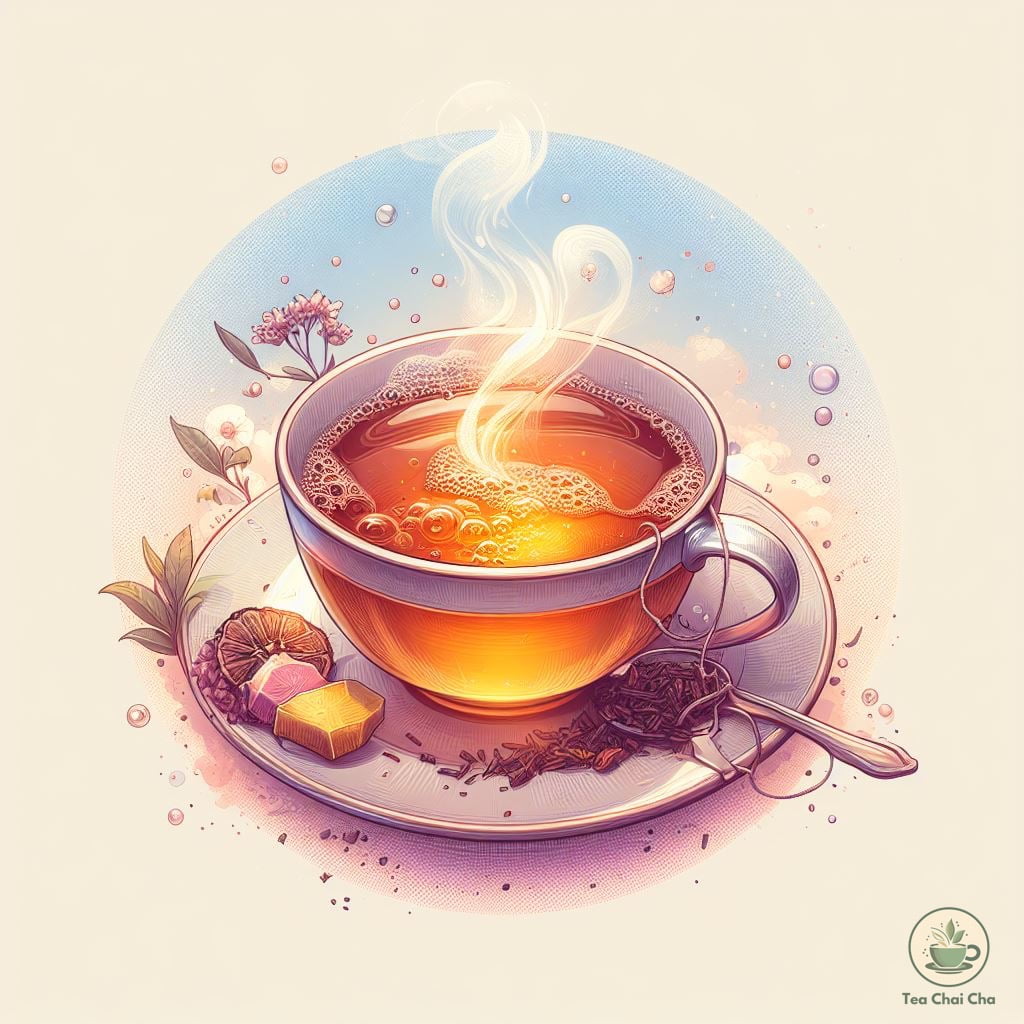
4 Teas That Taste like Earl Grey Tea
If you enjoy Earl Grey tea and want to try something similar, here are some other teas that you might like:
1. English Breakfast Tea
If you appreciate the robustness of Earl Grey, you’ll likely find English Breakfast tea to be similar in strength and boldness.
Read – What Does English Breakfast Tea Taste Like? Is It Bold?
2. Darjeeling Tea
Darjeeling tea has a subtle similarity to Earl Grey.
It’s a black tea but has a more delicate and floral taste, often described as having muscatel grape notes.
3. Russian Caravan Tea
This tea has a smoky quality, which is reminiscent of the bergamot in Earl Grey.
It’s a bit like Earl Grey with a touch of campfire.
4. Bergamot Oolong Tea
If you’re a fan of Earl Grey, you might appreciate Bergamot Oolong tea.
It combines the semi-oxidized oolong tea leaves with the citrusy essence of bergamot.
This way it creates a unique and familiar flavor reminiscent of Earl Grey’s distinctive taste.
Frequently Asked Questions (FAQs)
Does earl grey tea taste like fruit loops?
Yes, some people describe Earl Grey tea as tasting like “Froot Loops” because of the fruity notes from the bergamot oil, which is used to flavor the tea.
Does earl grey tea taste like lavender?
Earl Grey tea may have a hint of lavender if it’s a variation like “Lavender Earl Grey,” but traditional Earl Grey is primarily citrus-flavored.
Does earl grey tea taste good?
Earl Grey tea tastes good to many people, with its distinctive citrusy notes. But taste preferences vary, so it may not be everyone’s cup of tea.
